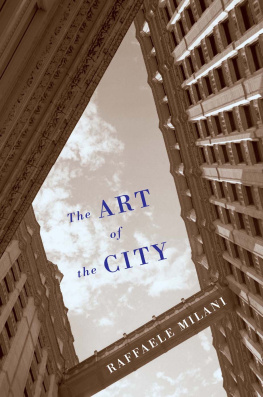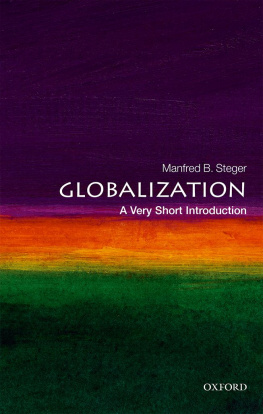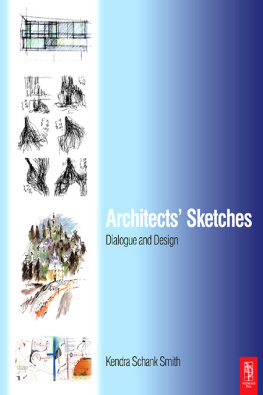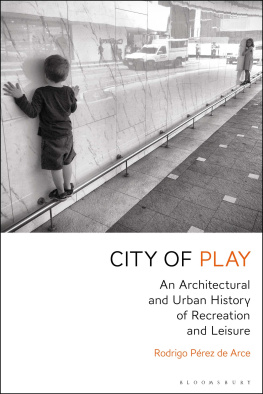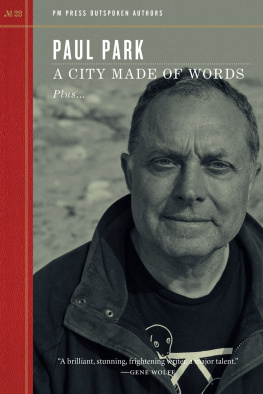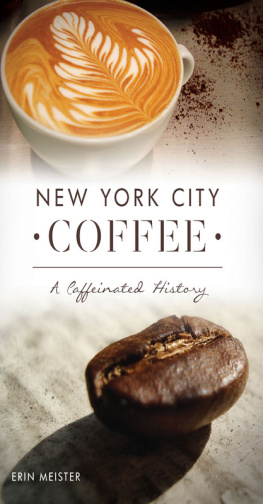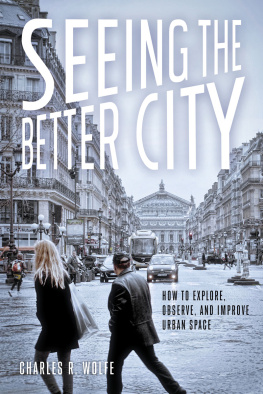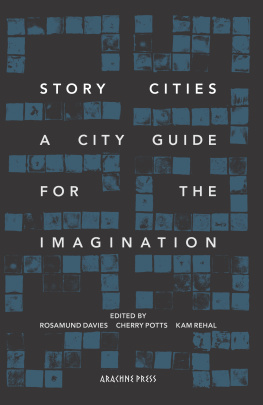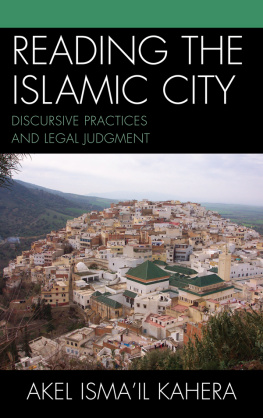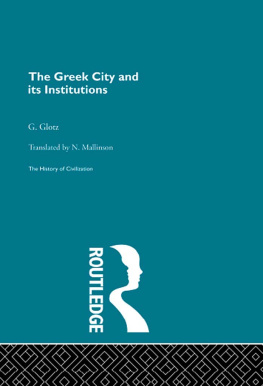
THE ART OF THE CITY
The Art of the City
RAFFAELE MILANI
Translated by Corrado Federici
McGill-Queens University Press
Montreal & Kingston London Chicago
McGill-Queens University Press 2017
ISBN 978-0-7735-5133-6 (cloth)
ISBN 978-0-7735-5235-7 (ePDF)
ISBN 978-0-7735-5236-4 (ePUB)
Legal deposit fourth quarter 2017
Bibliothque nationale du Qubec
First published by Societ editrice il Mulino, 2015, as Larte della citt.
Printed in Canada on acid-free paper that is 100% ancient forest free (100% post-consumer recycled), processed chlorine free.
The translation of this work has been funded by SEPS Segretariato Europeo per le Pubblicazioni Scientifiche, Via Val dAposa 7 40123 Bologna, Italy seps@seps.it www.seps.it

We acknowledge the support of the Canada Council for the Arts, which last year invested $153 million to bring the arts to Canadians throughout the country.
Nous remercions le Conseil des arts du Canada de son soutien. Lan dernier, le Conseil a investi 153 millions de dollars pour mettre de lart dans la vie des Canadiennes et des Canadiens de tout le pays.
Library and Archives Canada Cataloguing in Publication
Milani, Raffaele
[Arte della citt. English]
The art of the city / Raffaele Milani ; translated by Corrado Federici.
Translation of: Arte della citt.
Includes bibliographical references and index.
Issued in print and electronic formats.
ISBN 978-0-7735-5133-6 (cloth). ISBN 978-0-7735-5235-7 (ePDF). ISBN 978-0-7735-5236-4 (ePUB)
1. City planning. 2. Cities and towns. 3. Architecture and society. 4. Art and society. I. Title. II. Title: Arte della citt. English
NA9050 M5513 2017 | 711.4 | C2017-905391-4 |
C2017-905392-2 |
This book was typeset by True to Type in 11/14 Sabon.
Contents

1 Hiroshima, Peace Memorial

2 Shanghai, Pudong New Area

3a Tokyo, National Arts Center in Roppongi (architect Kisho Kurokawa, 2007)

3b Tokyo, new architecture
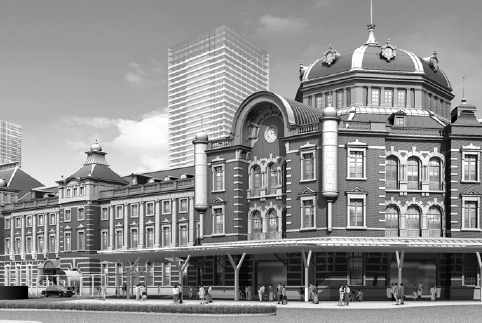
3c Tokyo, Central Station

4 ACROS building in Fukuoka (architect Emilio Ambasz, 1995)

5a, 5b Beijing, Forbidden City


6a, 6b New Beijing, skyscraper, CCTV Headquarters (architects Rem Koolhaas and Ole Scheeren, 2006)

THE ART OF THE CITY
Introduction
The city is in me, like a poem
For which I have not yet found the words.
J.L. Borges, Vanilocuencia (Verbosity)
A product of history, culture, and civilization, the city appears to us initially as a celebration of the process of building, involving a play of forms and solids, or as a celebration of architecture. It is also subsequently perceived as a sign of communities and relationships, of which the forms are the expression. If we reflect on its meaning from ancient to modern times, the city represents a composite of human activity, an extraordinary map of collective and individual actions, the effect produced by an art of extended space. That composite interacts with the art of the landscape because it offers evidence of dedication, traces of fantasy, imagination, design, and objects created out of necessity. Analogous to the creation of cultivated fields, we can argue that there exists an art of the city that is the product of communities and individuals, architects and artists, city planners, labourers, citizens, and their political representatives in other words, the product of an ideal and civil effort. It is also a concrete, multifaceted manifestation of the utilization of space, influenced throughout history by various social groups or ideologies. As Oswald Spengler writes in The Decline of the West (1926), all the great civilizations were urban civilizations. The central feature of world history, which includes that of nations, states, politics, religions, the arts, and the sciences, is the story of humankind as the builder of cities. As Spengler writes:
But the real miracle is the birth of the soul of a town. A mass-soul of a wholly new kind whose last foundations will remain hidden from us forever suddenly buds off from the general spirituality of its Culture. As soon as it is awake, it forms for itself a visible body. Out of the rustic group of farms and cottages, each of which has its own history, arises a totality. And the whole lives, breathes, grows, and acquires a face and an inner form and history. (1981, vol. 1, 901)
Proceeding from here and going beyond the house, temple, cathedral, and palace, the city as a whole becomes the object of a language of forms, and of a history of style that can be found throughout the course of a given civilization.
In this book, aesthetics lies at the core of an analysis, description, and evaluation of a mosaic of situations as it does for Ernst Cassirer and Georg Simmel. The book presents a network of representations, drawing on philosophy to describe its cultural complexity. Through the prism of a variety of readings, using both material and non-material terms, the art of the city refers to the work of a community and of individuals, as well as the fascination that this work engenders and the fear it inspires. What emerges is a vast and monumental portrait of conceptual, creative, and constructive power. In tracing the evolution of civilizations relative to one another and the development of architectural styles, from ancient to modern, the book seeks to provide a living portrait of humankind. Fantastic metropolitan vistas and intriguing forms of strange beauty appear before us, evoking scenes from films or literary passages. In the city, whose forms create suggestive and stimulating images of the world, we feel like protagonists on the world stage, and a new flnerie (aimless strolling) takes shape alongside the spectacle offered up by media, within an exciting, expressive, and communicative strategy.
Next page
